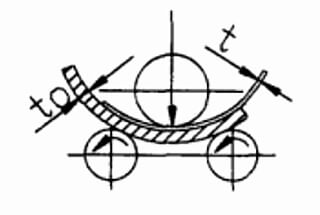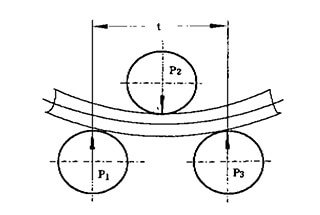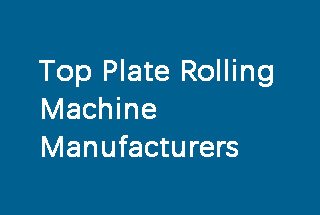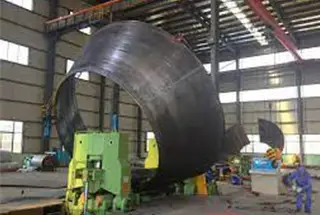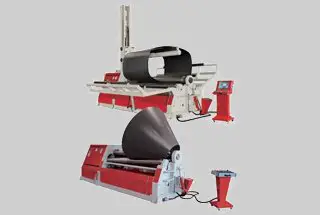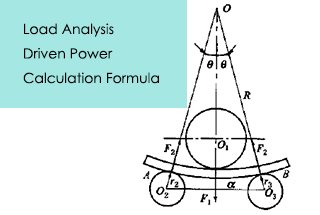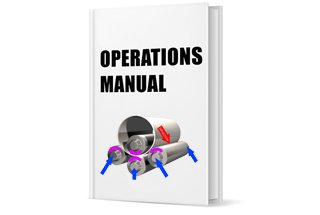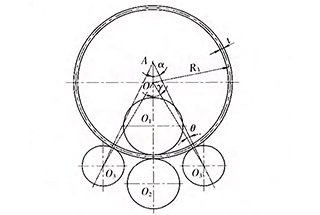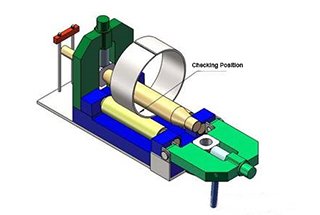
Imagine transforming flat metal plates into precise cylinders or intricate shapes with just one machine. Welcome to the world of the plate roll bending machine! This powerful tool, essential in industries like shipbuilding and aviation, bends metal sheets into various forms, enhancing efficiency and accuracy. Whether you’re curious about its mechanics or its types, this article unpacks everything you need to know, offering insights into its operation, classifications, and applications. Get ready to explore the marvels of metal shaping technology.
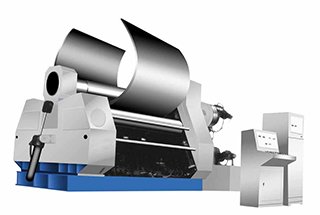

The plate roll bending machine is a tool for continuously bending plates into various shapes, such as O-type, U-shape, and multi-segment R. It comes in both mechanical and hydraulic versions. The machine is also known as a plate rolling machine or plate bending machine.
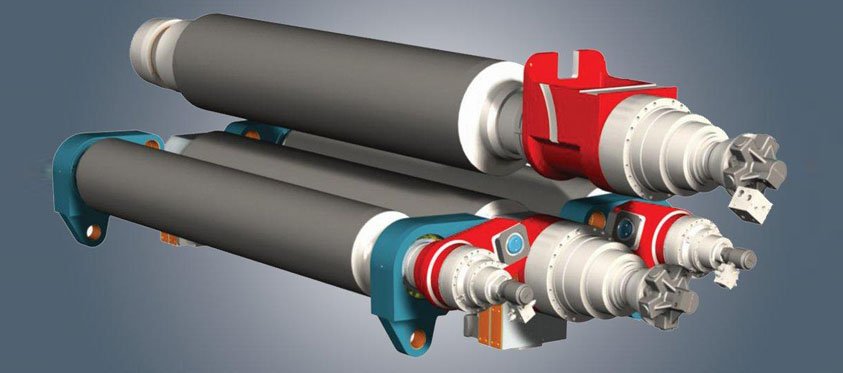
The upper roller of the symmetrical plate rolling machine moves vertically at the center of the two lower rollers through the hydraulic oil in the cylinder acting on the piston. This motion is then transferred to the two lower rollers through the final reduction gear of the main reducer, providing torque for the rolling plate.
The metal sheet is passed through the three work rolls (two lower rollers and one upper roll) of the machine, where the upper roller’s press and the lower roller’s rotation result in continuous bending (inner layer compression deformation, middle remains unchanged, outer stretch deformation), leading to permanent plastic deformation. The metal sheet is then rolled into the desired shape, such as a cylinder or cone.
One disadvantage of the hydraulic three-roller bending machine is that the end of the plate needs to be pre-bent with the help of additional equipment.
This plate rolling machine is suitable for large roll bending machines with a thickness of 50mm or more. The bottom part of the lower roller is fitted with a row of fixed rollers to shorten the span of the two rollers, improving the precision of the workpiece and enhancing the overall performance of the machine.

Roll bending machines can be categorized based on their use in various industries. They are primarily divided into two types based on the number of rollers: three-roller bending machines and four-roller bending machines.
Three roller bending machine is divided into:
The roll bending machine can be divided into mechanical and hydraulic types. In terms of development, the three-roll bending machine with the upper roller being universal is considered the most outdated, while the level-down three-roll bending machine is slightly more advanced. The most advanced type is the arc-down rolling machine.
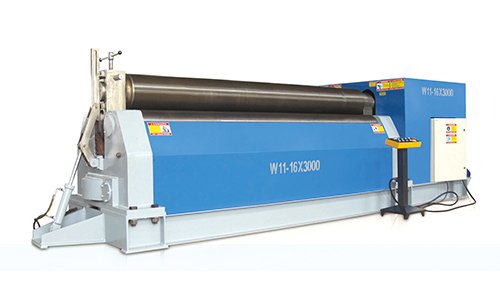
Three roll plate rolling machine include:
The mechanical three-roll bending machine is divided into symmetrical and asymmetrical.
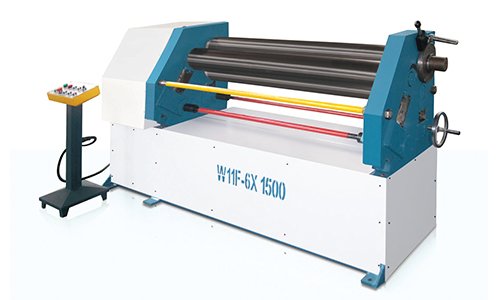
The structure of the machine is three-roller symmetrical.
The upper roller is positioned at the center between the two lower rollers in a symmetrical manner to facilitate vertical movements. This is achieved through the screw that drives the worm gear. The two lower rollers provide rotary motion, which is transmitted through the reduction gear output and meshing with the lower roller gear to generate torque for rolling the plate.
However, the machine has a limitation in that it requires additional equipment to pre-bend the end of the plate.
The machine structure is a three-roll asymmetrical design.
The upper roller serves as the primary drive, while the lower roller is responsible for vertical movement.
The plate is clamped through the meshing of the gears on the lower and upper rollers.
The side roller performs vertical movement and has the additional functions of pre-bending and round rolling.
It boasts a compact structure and is known for its ease of operation and maintenance.
Features of the Hydraulic Three-Roller Symmetrical Bending Machine:

